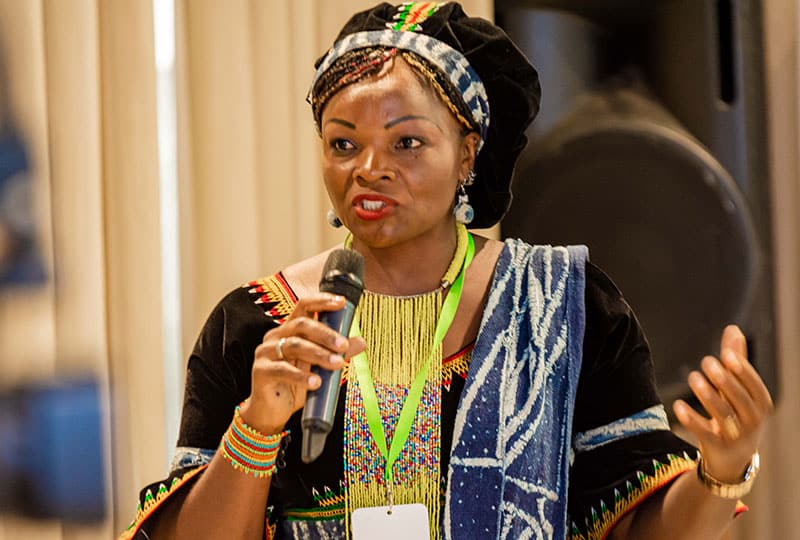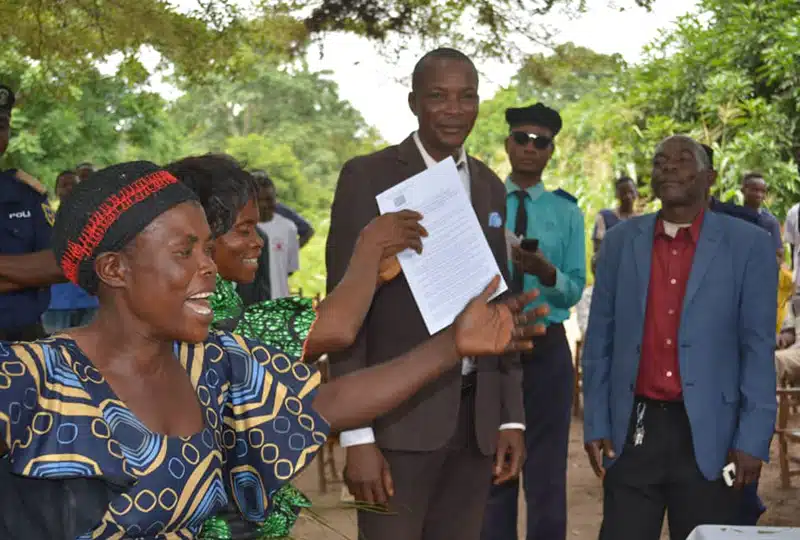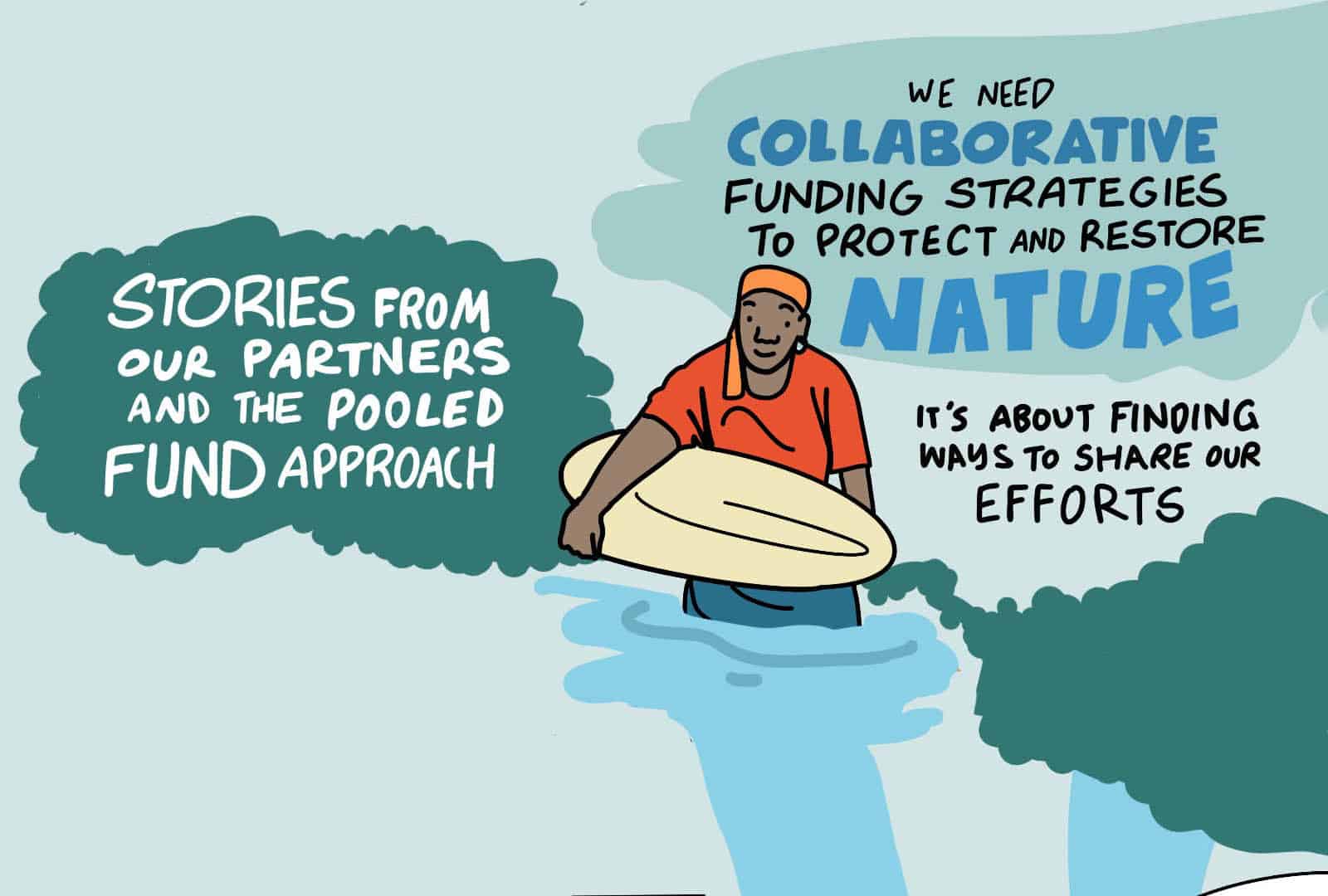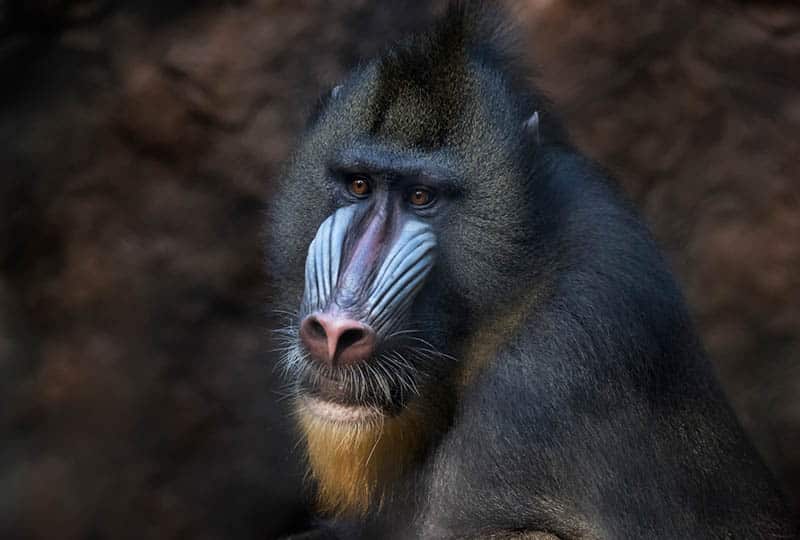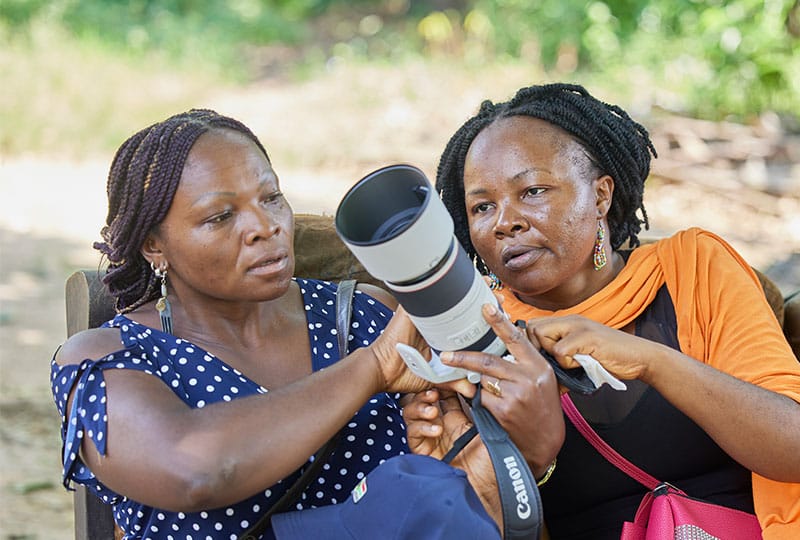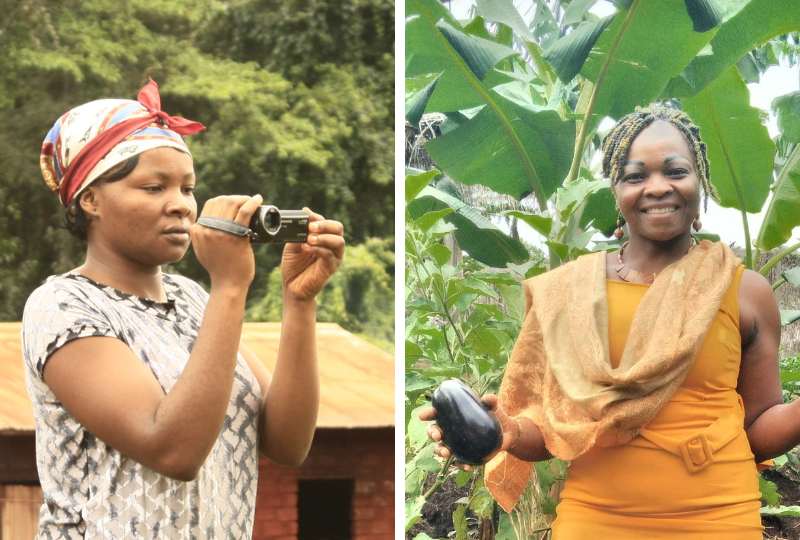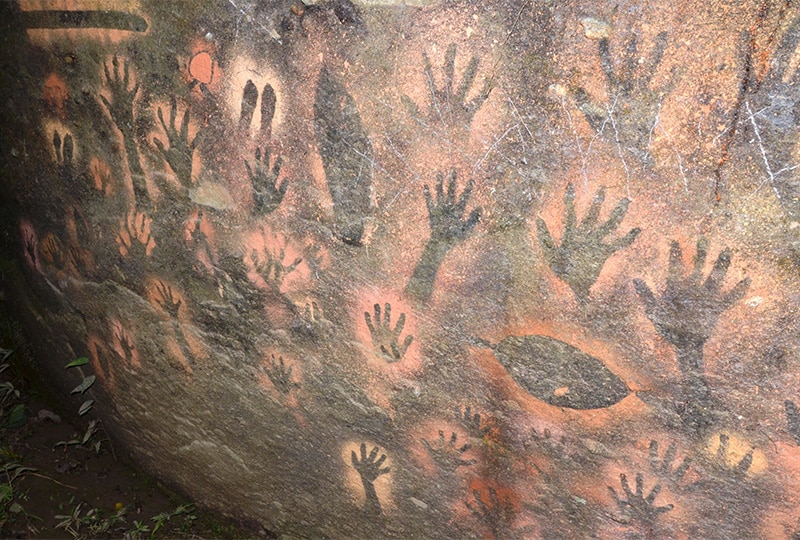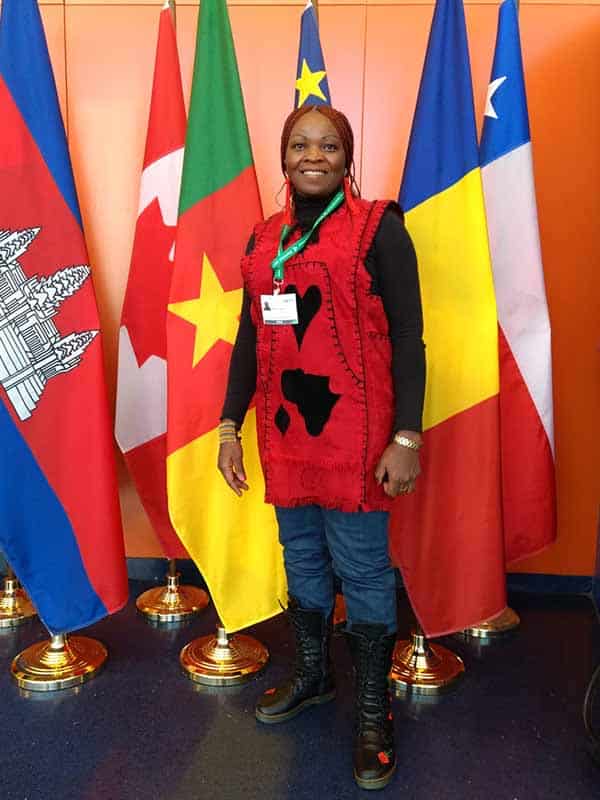Protecting the ecological and biocultural integrity of the Congo Basin

The Congo Basin is home to Earth’s second largest rainforest and Africa’s second-longest river: the Congo. Containing a dazzling array of species, including iconic animals such as elephants, gorillas and bonobos, it also acts as a huge carbon sink and is a major source of the continent’s rainfall. It supports the livelihoods of 60 million people, including many Indigenous forest peoples, and helps to feed 40 million others in nearby urban areas. Despite this, lack of secure land tenure for forest peoples, combined with government economic ambition, leaves much of this incredible landscape and the life it supports vulnerable to destruction for industrial-scale activities such as logging and agribusiness.
Our Programme
Conservation work in the area faces huge challenges, but we believe that empowering communities and indigenous peoples to defend their territories and rights is essential for biodiversity, ecosystems and human wellbeing in the long term. Our programme supports work in the Democratic Republic of Congo (DRC) and Cameroon to: resist destructive developments that threaten forests and rivers; empower forest peoples to defend their territories; and protect and revive ecosystems through regenerative approaches to development. Across the programme we provide core support and funding for capacity building.
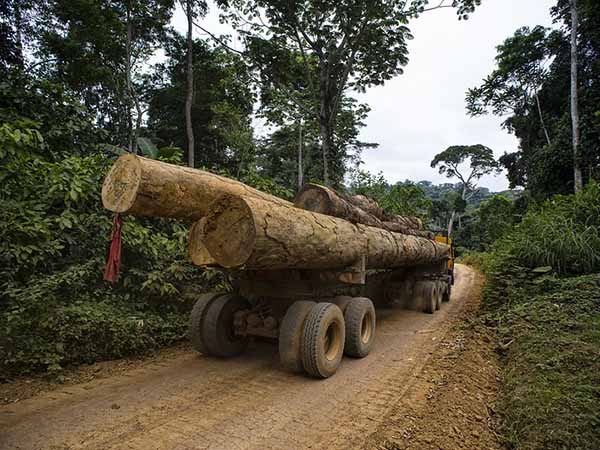
Resist
Empowering civil society to resist and reduce threats to ecosystems and biodiversity from destructive developments.
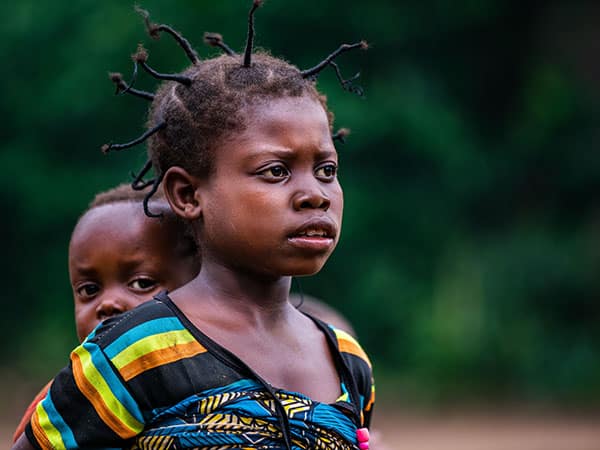
Rights
Secure the rights of forest peoples to remain on their territories and defend them from threats.
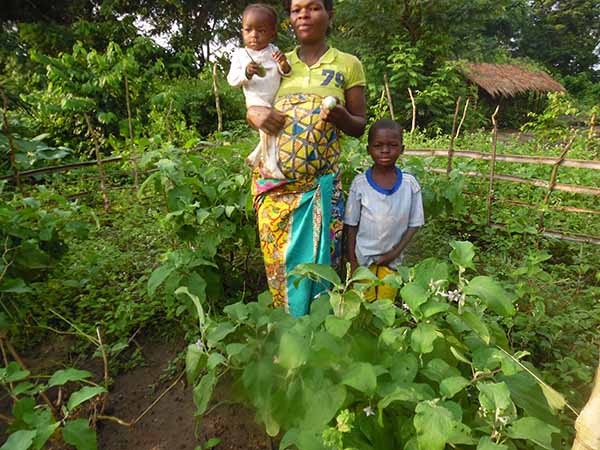
Revive
Support communities and indigenous peoples to revive ecosystems and biodiversity through regenerative approaches to development.
* Images (L to R): Ollivier Girard/CIFOR; Chris Scarffe; Mbou mon Tour
As industrial-scale activities continue to replace local-level activities as the greatest emerging threat to Africa’s forests, there is an urgent need to counteract the damaging practices in the region before they become irreversible.
Partner Profile: CFLEDD
Néné Mainzana, President of CFLEDD, Coalition of Women Leaders for the Environment and Sustainable Development, has now seen the organisation become the go to organisation for women’s rights in environmental and sustainable development circles in the Democratic Republic of Congo. But it wasn’t easy to get to this point:
“We started out very small, with very little funding, but even so we met resistance from some people, who said things like ‘Don’t listen to those women. They’re not capable of doing big projects like that. Don’t give money to those women – they don’t know how to manage it’ and so on.”
“Anybody who needs information or wants to be involved in questions of women’s rights now comes to us. There was a gap for an organisation that could fight for the rights of women within the context of the environment and natural resources, because women simply haven’t had a place at the table. We are now filling that gap.”
Synchronicity Earth is proud and committed to continue supporting conservation pioneers like Néné and CFLEDD.
We have been supporting work in the region since 2012. Our programme is designed to encourage a more coordinated response to the threats. We currently work with 20+ partners in the Democratic Republic of Congo (DRC) and Cameroon.
Spotlight on Species: Bonobo (Pan paniscus)
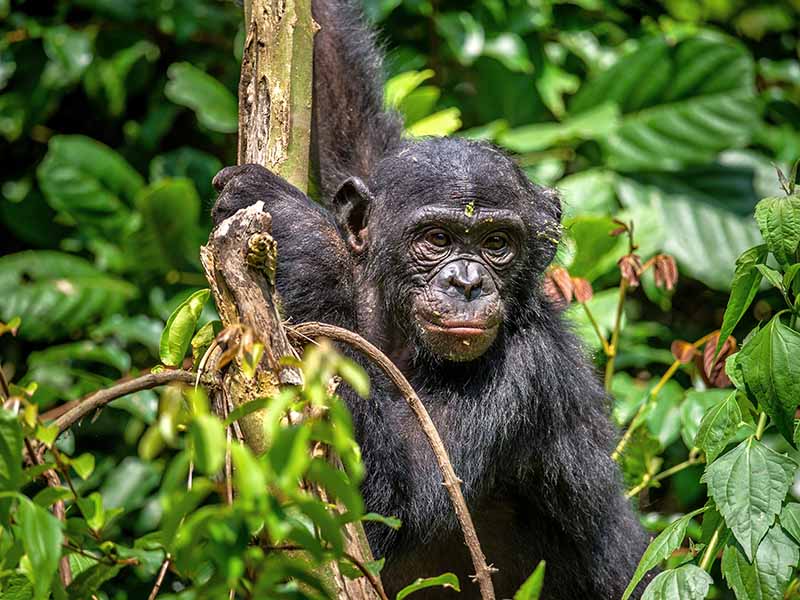
The, Bonobo, Pan paniscus, is listed as Endangered on the IUCN Red List of Threatened Species. Endemic to the Democratic Republic of Congo (DRC), the Bonobo is thought to be the closest living relative to humans genetically. Much of the Bonobo’s habitat has been cleared for agriculture, and although not traditionally targeted by hunters (eating bonobos is a taboo in many local cultures), the Bonobo is currently at risk from the bushmeat trade, because of increased demand in recent years.
Population estimates from the four known Bonobo strongholds, based around protected areas, suggest a minimum population of 15,000 – 20,000 individuals. Despite legal protection, illegal hunting and forest clearance are still occurring. Various organisations, including our partner Mbou Mon Tour, are working with local communities and the DRC government to protect bonobos and their habitat.
Synchronicity Earth’s Congo Basin Programme is based on over a decade of research and engagement in the conservation sector in the region. With further funding, we can build on the success of our programmatic approach: our goal is to deepen our impact by supporting more of our partners to strengthen their organisational capacities, thereby helping to address the growing threats to one of our planet’s most biologically and culturally diverse regions.
Congo Basin News
If you are interested in supporting our Congo Basin Programme, please get in touch.



